 3 Questions: How a new mission to Uranus could be just around the cornerPhD student Chloe Gentgen discusses why the ice giant is such a high-priority solar system target, and how the Starship launch vehicle may hasten our explorations there.
3 Questions: How a new mission to Uranus could be just around the cornerPhD student Chloe Gentgen discusses why the ice giant is such a high-priority solar system target, and how the Starship launch vehicle may hasten our explorations there. MIT joins in constructing the Giant Magellan TelescopeThe major public-private partnership is expected to strengthen MIT research and US leadership in astronomy and engineering.
MIT joins in constructing the Giant Magellan TelescopeThe major public-private partnership is expected to strengthen MIT research and US leadership in astronomy and engineering.
- 3 Questions: How a new mission to Uranus could be just around the cornerPhD student Chloe Gentgen discusses why the ice giant is such a high-priority solar system target, and how the Starship launch vehicle may hasten our explorations there.

- MIT joins in constructing the Giant Magellan TelescopeThe major public-private partnership is expected to strengthen MIT research and US leadership in astronomy and engineering.

- A beacon of lightA lantern created in the Design Intelligence Lab creates sustainable alternatives for consumer electronics.
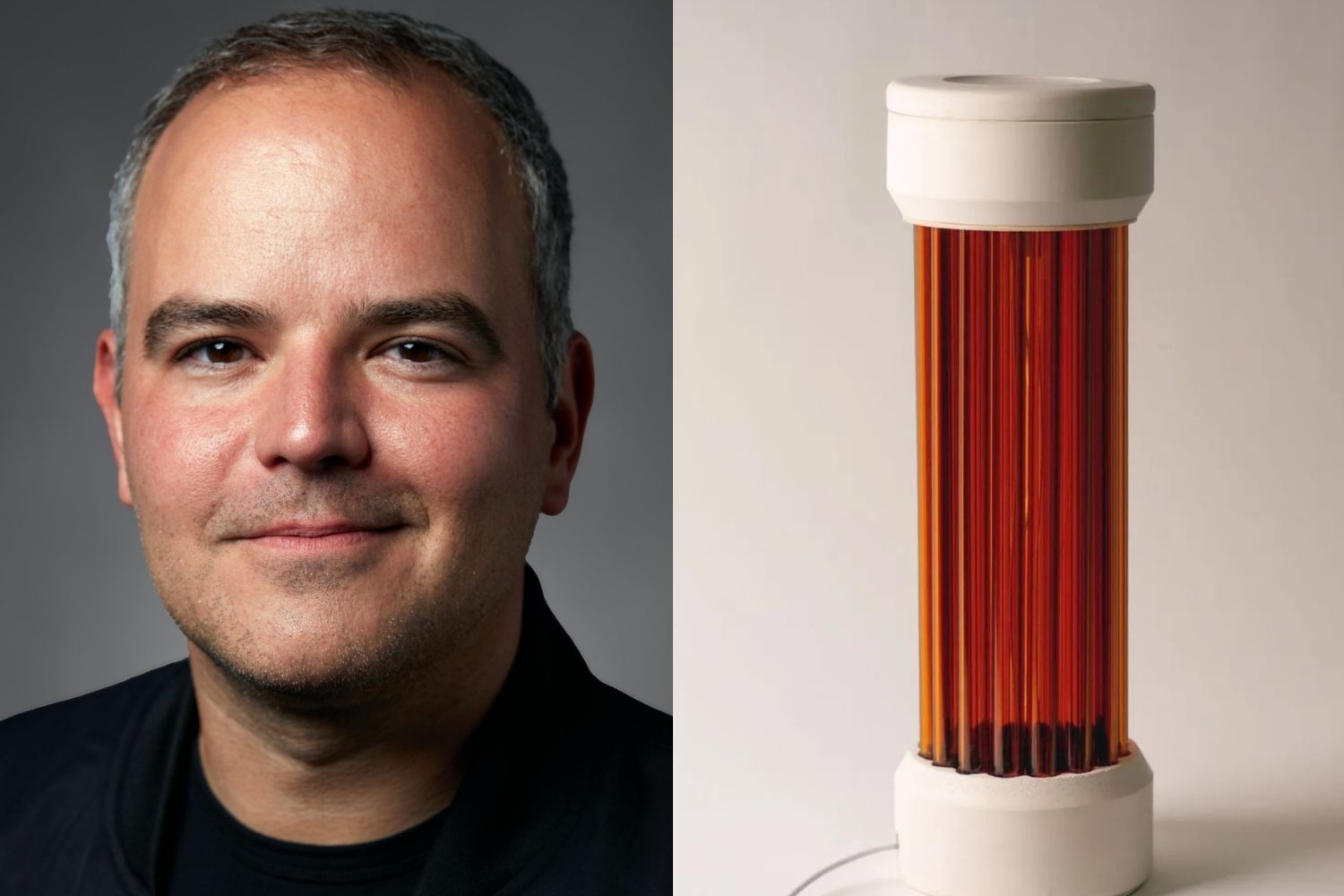
- How the brain splits up vision without you even noticingAs an object moves across your field of view, the brain seamlessly hands off visual processing from one hemisphere to the other like cell phone towers or relay racers do, a new MIT study shows.
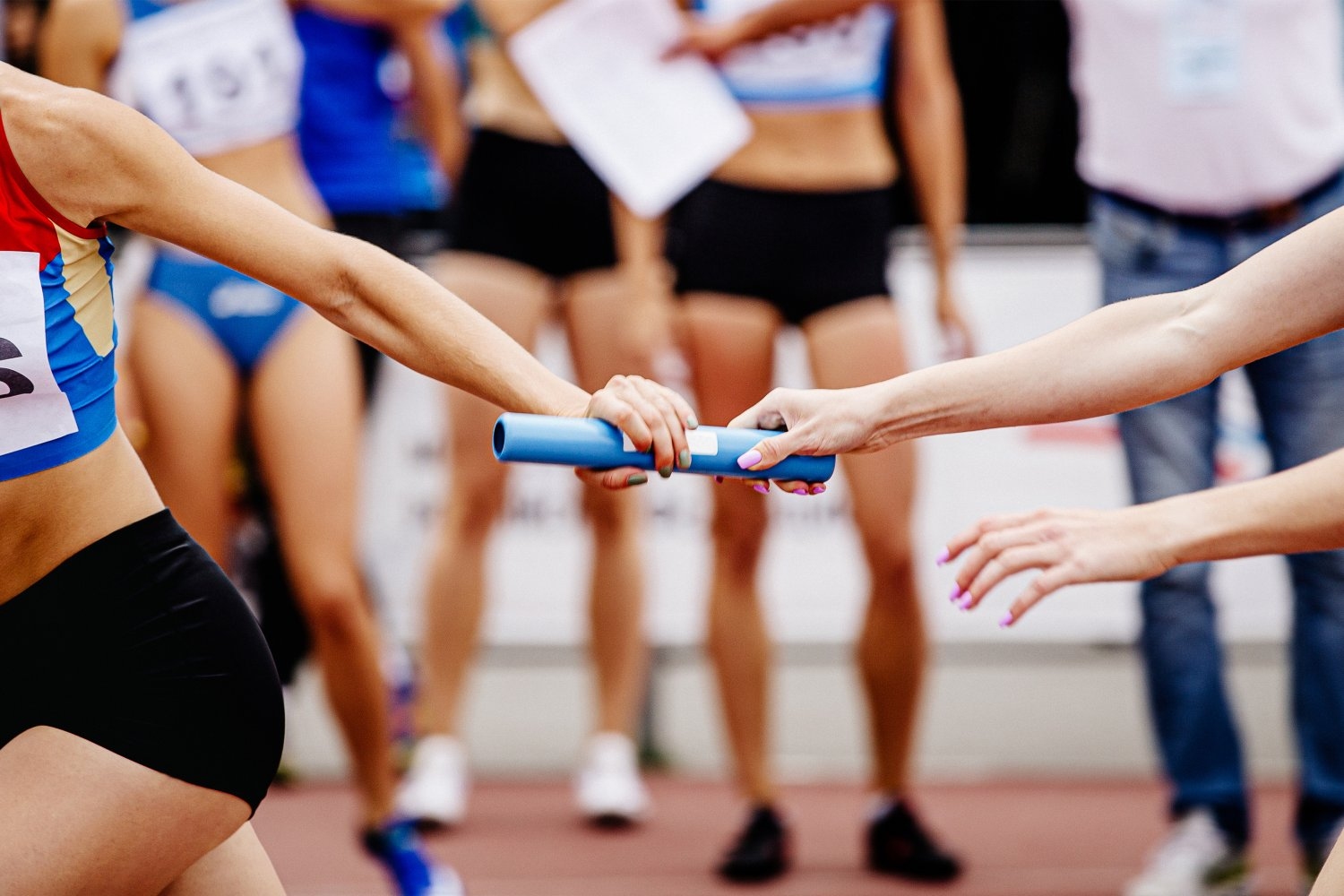
- Teamwork in motionFriendly competition and a love of spreadsheets helped get Aero and Astro running teams over the finish line at Ragnar Reach the Beach.
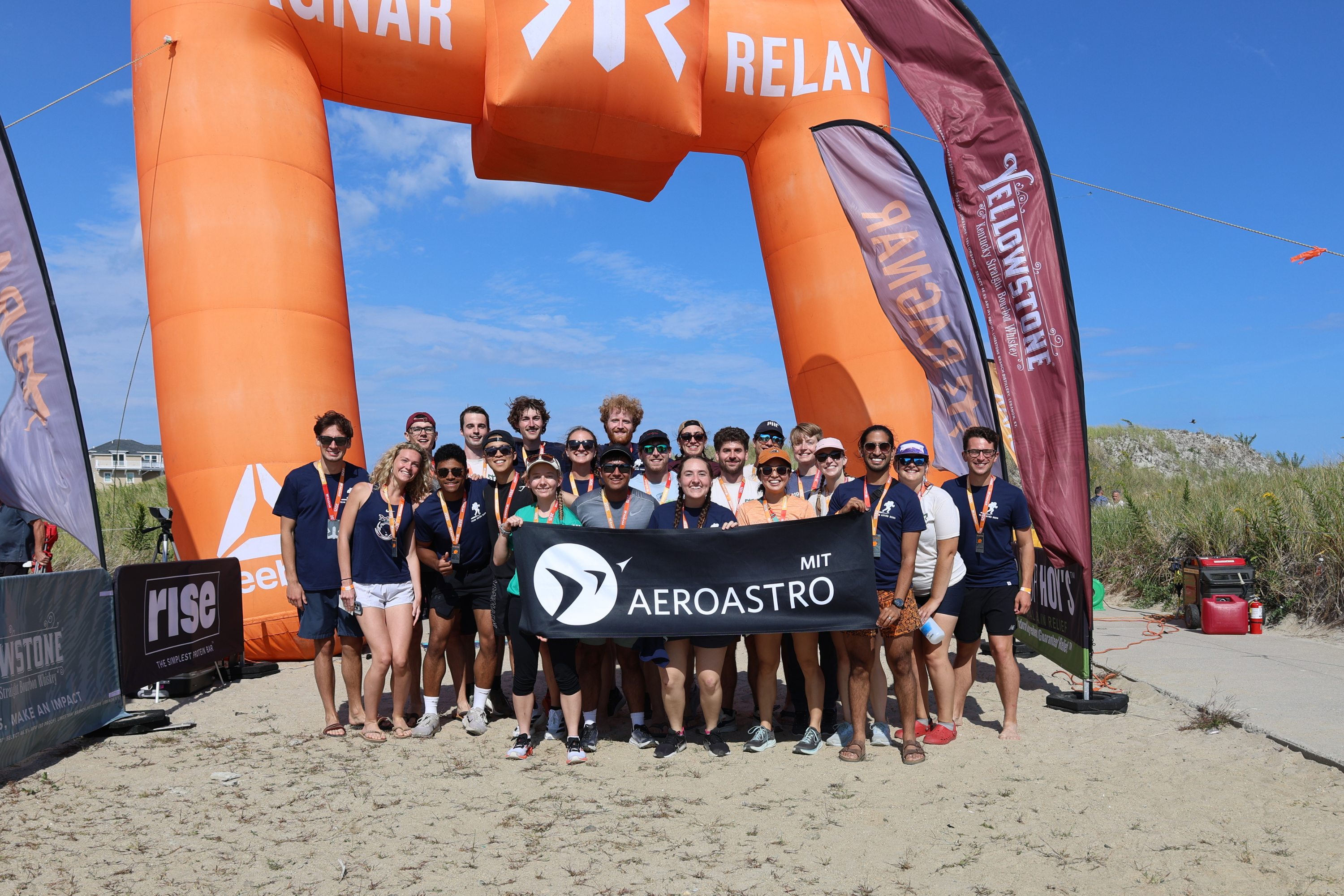
- Signposts on the way to new territoryProfessors Zachary Hartwig and Wanda Orlikowski are honored as “Committed to Caring.”
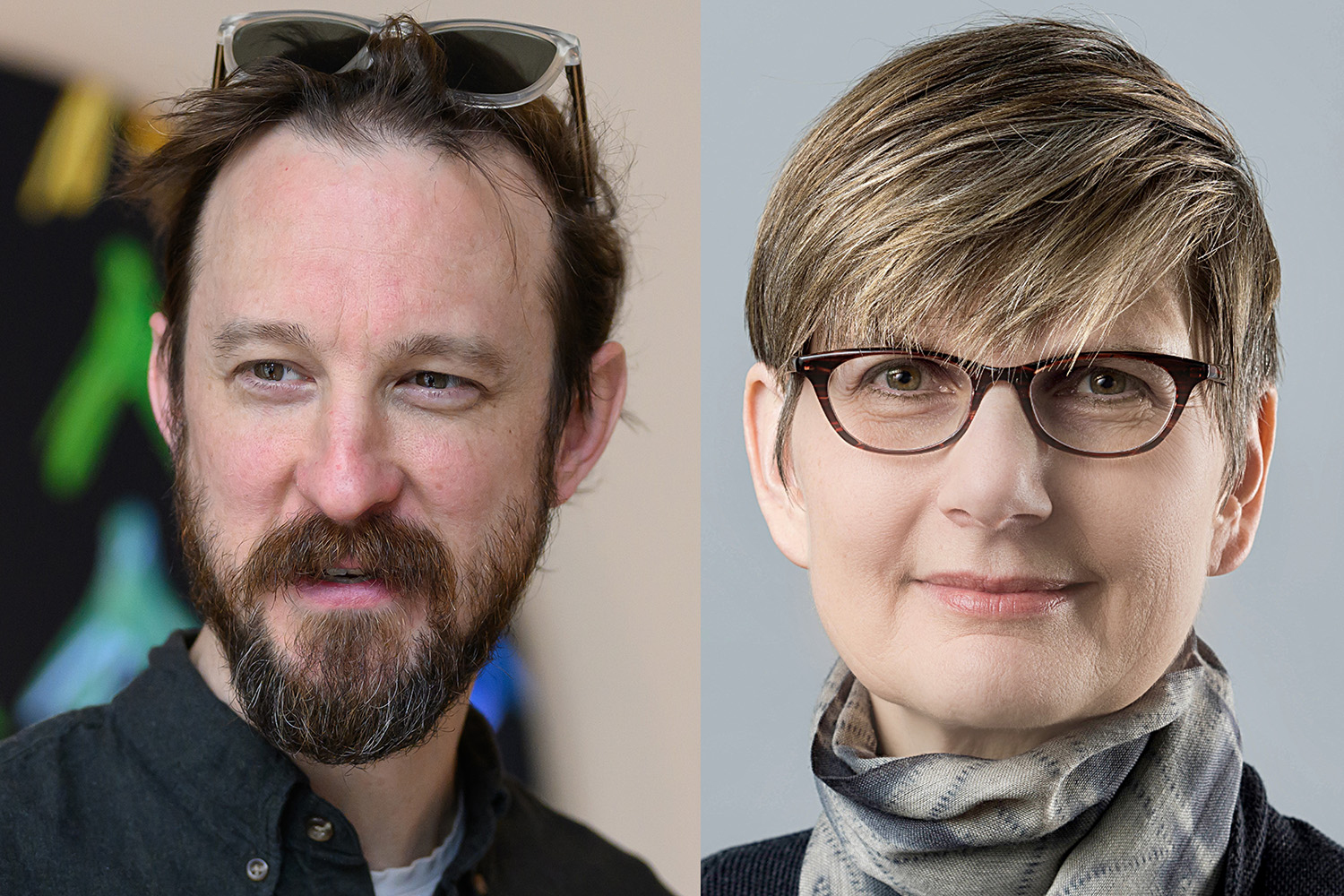
- By attracting the world’s sharpest talent, MIT helps keep the US a step aheadMIT is a global community whose international engagement bestows benefits well beyond the Cambridge campus.
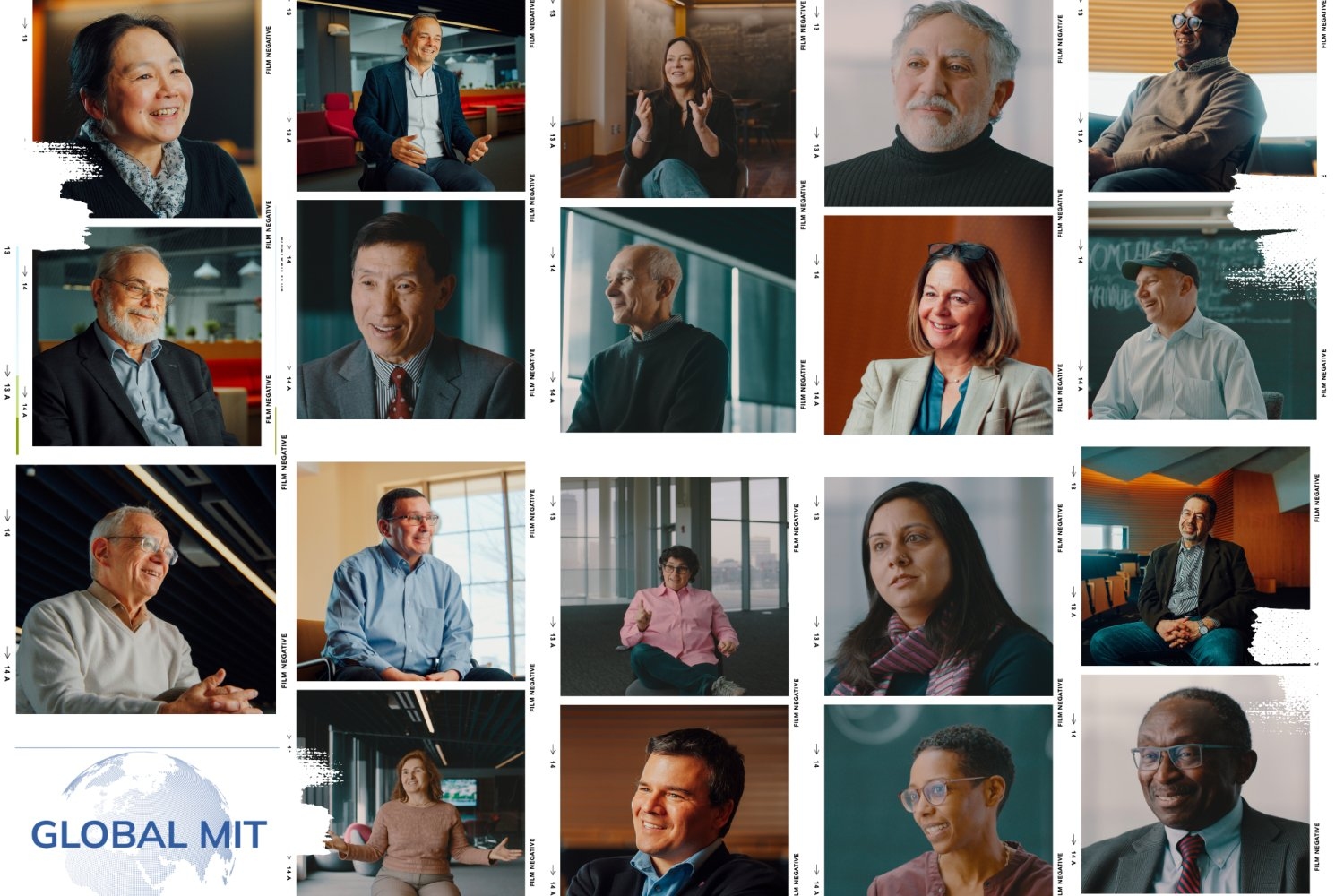
- Improving the workplace of the futureEconomics doctoral student Whitney Zhang investigates how technologies and organizational decisions shape labor markets.
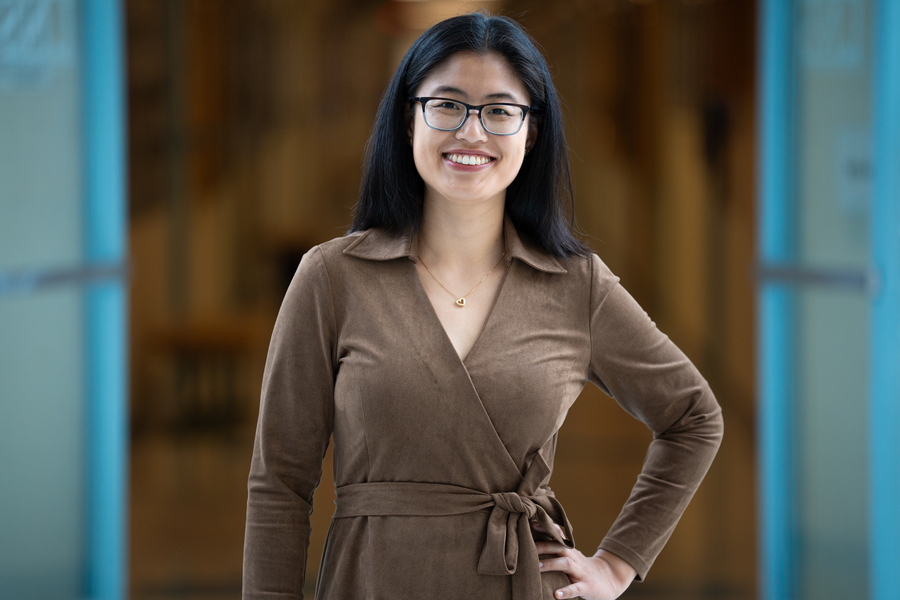
- NASA selects Adam Fuhrmann ’11 for astronaut trainingThe AeroAstro alumnus, who participated in Air Force ROTC and the Gordon Engineering Leadership Program at MIT, is a test pilot and one of 10 new astronaut candidates selected from around the nation.

- MIT affiliates win AI for Math grants to accelerate mathematical discoveryDepartment of Mathematics researchers David Roe and Andrew Sutherland seek to advance automated theorem proving; four additional MIT alumni also awarded.
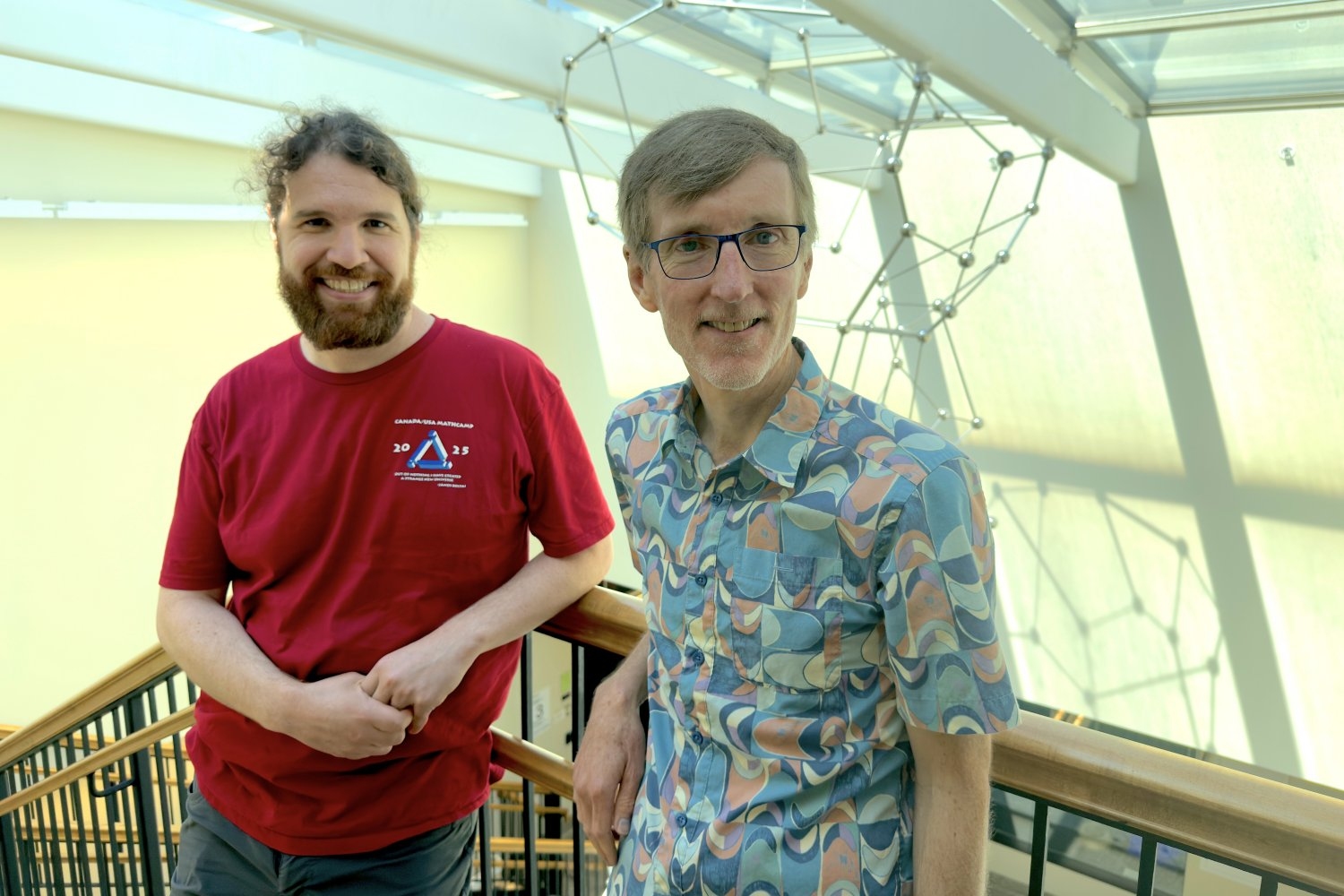
- Power-outage exercises strengthen the resilience of US basesNow mandated by law, Lincoln Laboratory’s blackout drills are improving national security and ensuring mission readiness.
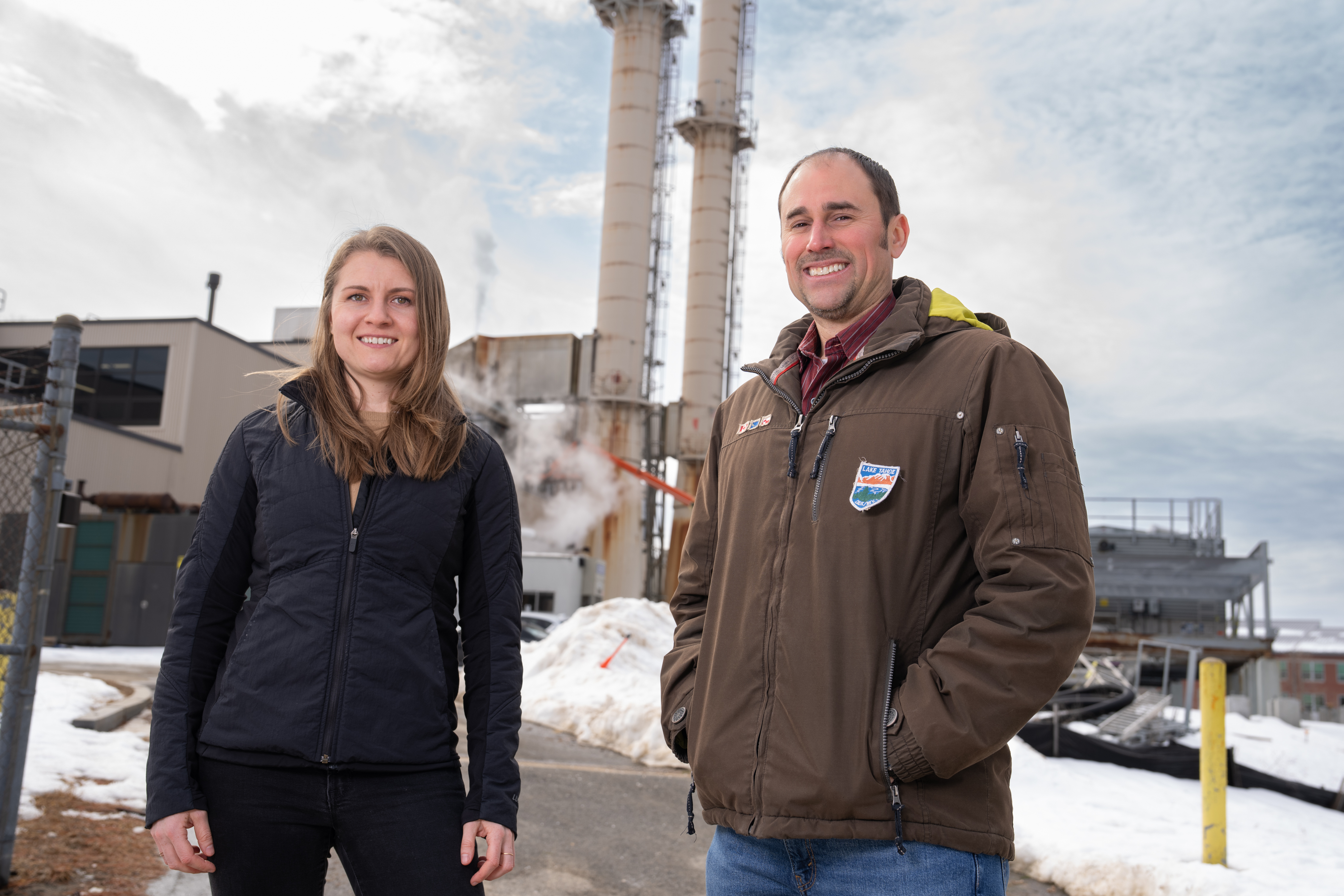
- Meet the 2025 tenured professors in the School of Humanities, Arts, and Social SciencesFaculty members granted tenure in Linguistics and Philosophy, Music and Theater Arts, and Political Science.
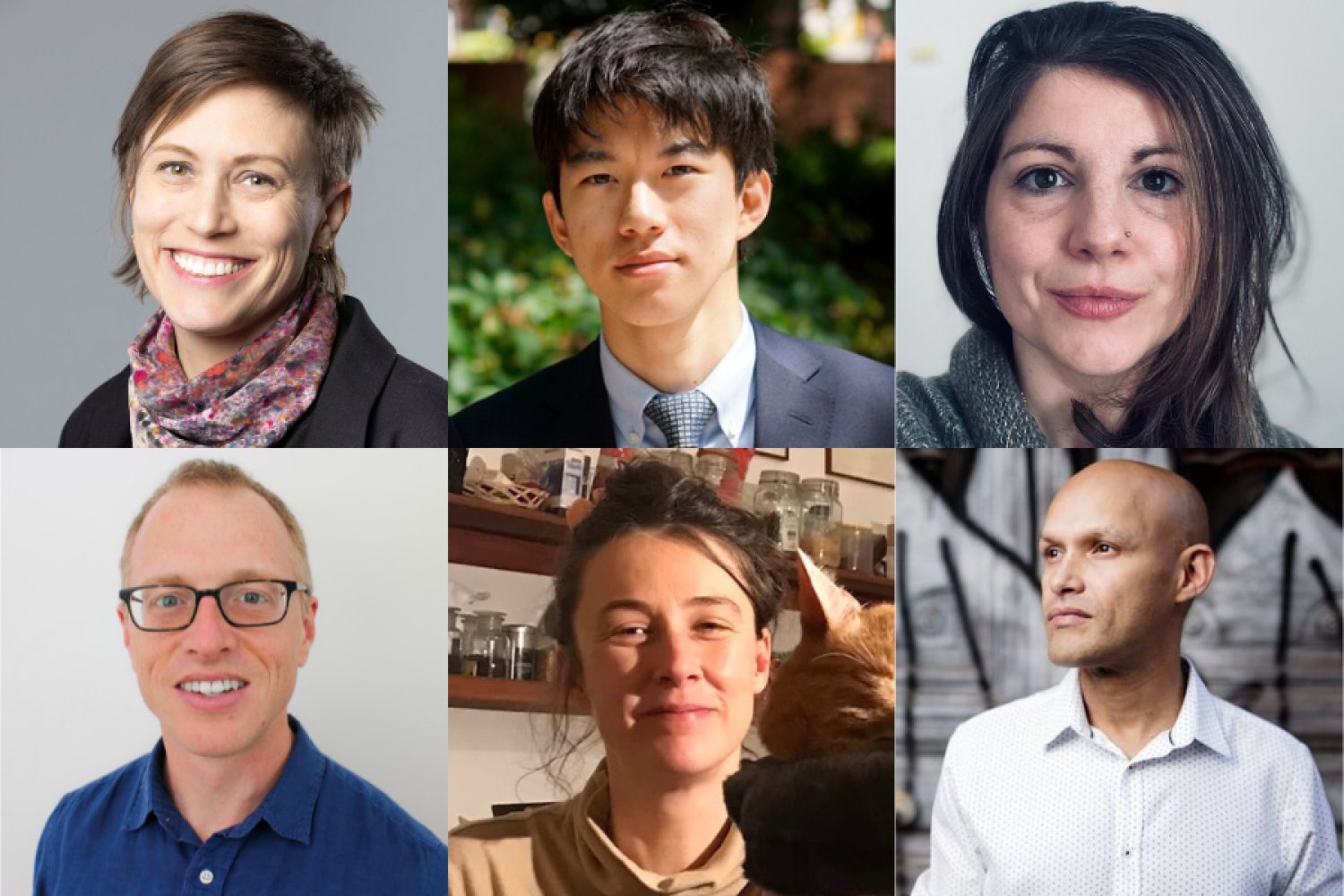
- New 3D bioprinting technique may improve production of engineered tissueThe method enhances 3D bioprinting capabilities, accelerating process optimization for real-world applications in tissue engineering.
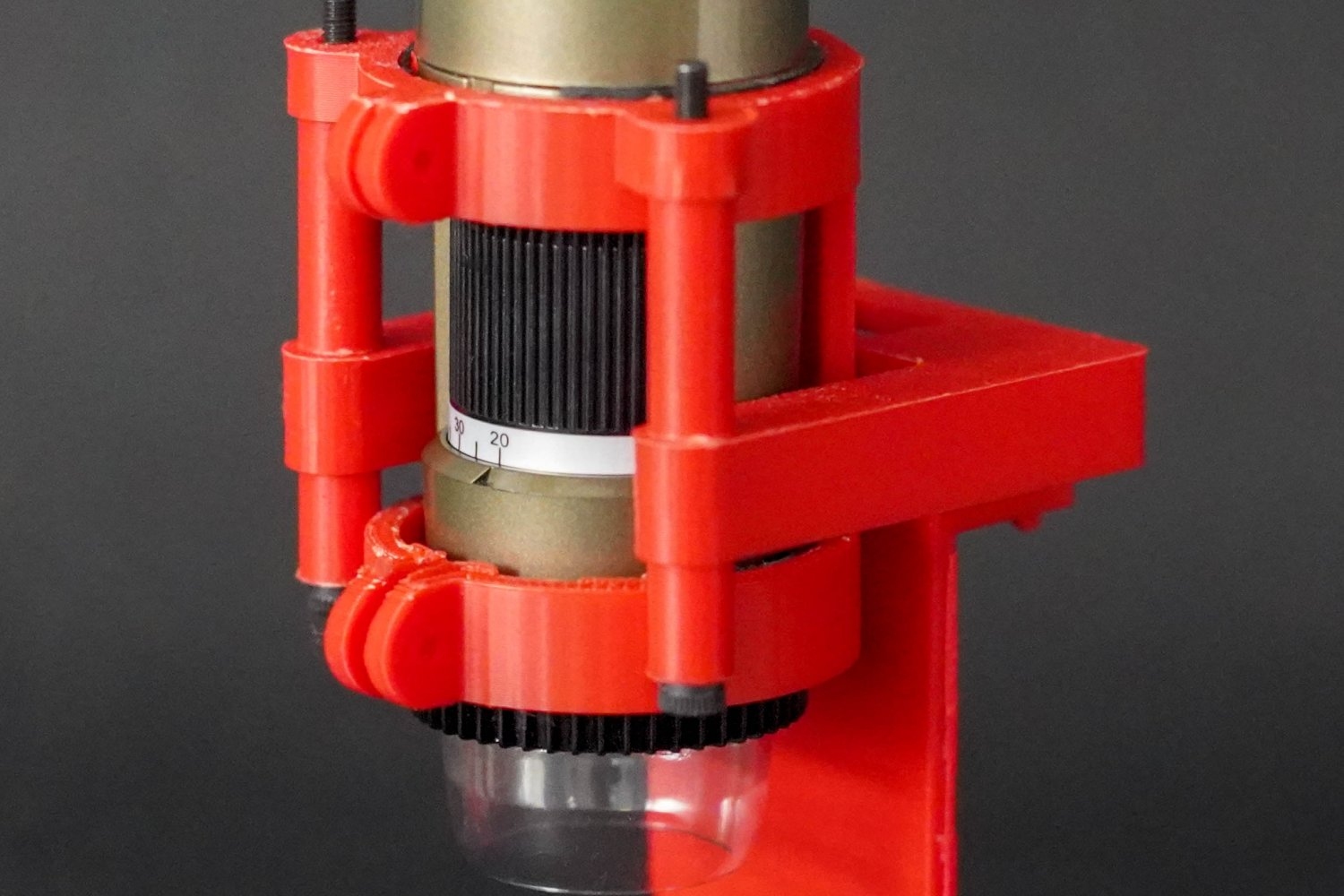
- Working to make fusion a viable energy sourceAs the Norman C. Rasmussen Adjunct Professor, George Tynan is looking forward to addressing the big physics and engineering challenges of fusion plasmas.
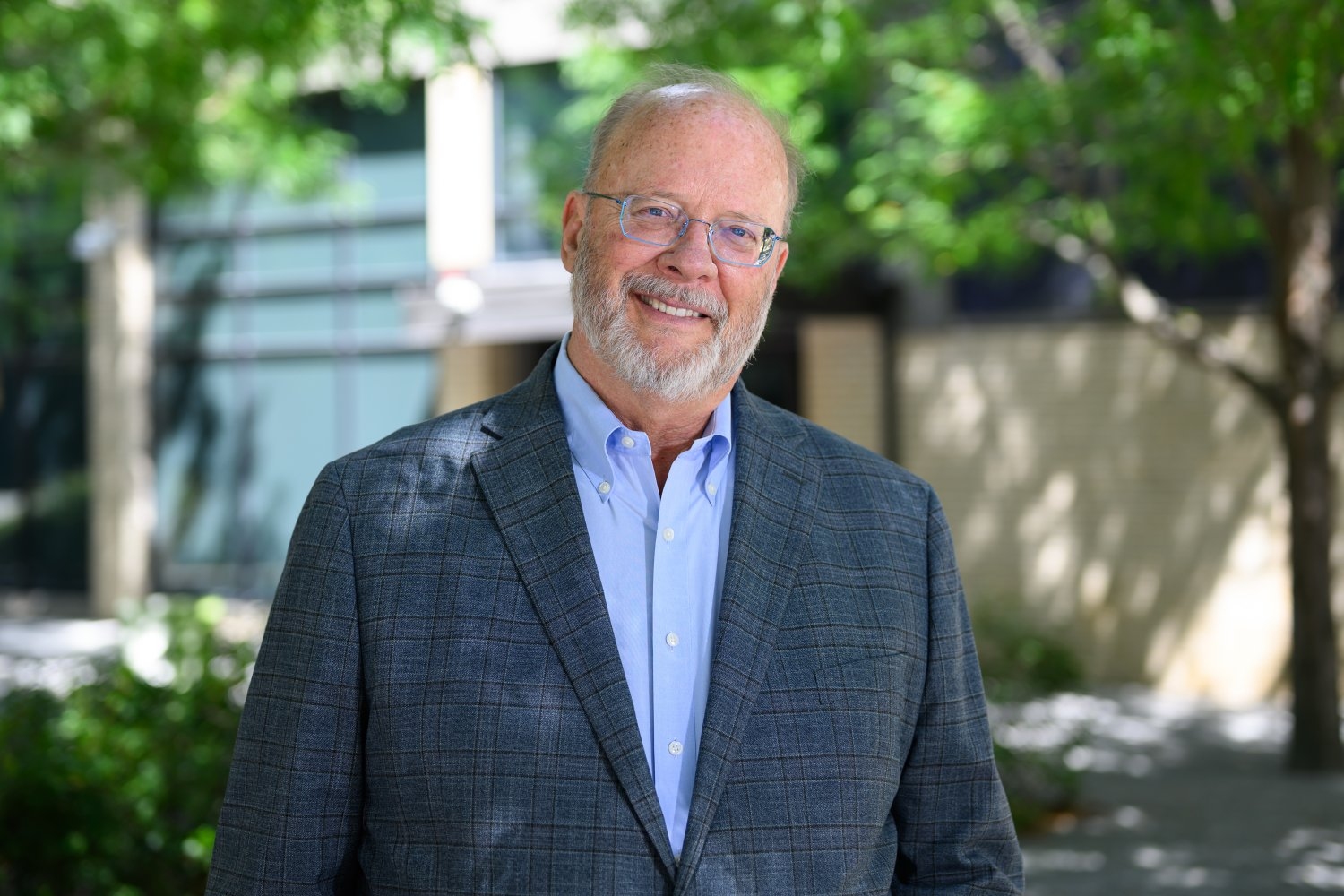
- Q&A: On the challenges of operating in the ArcticHow does one access and conduct research in one of the world’s harshest and most demanding environments? Lincoln Laboratory undersea systems engineer David Whelihan explains.
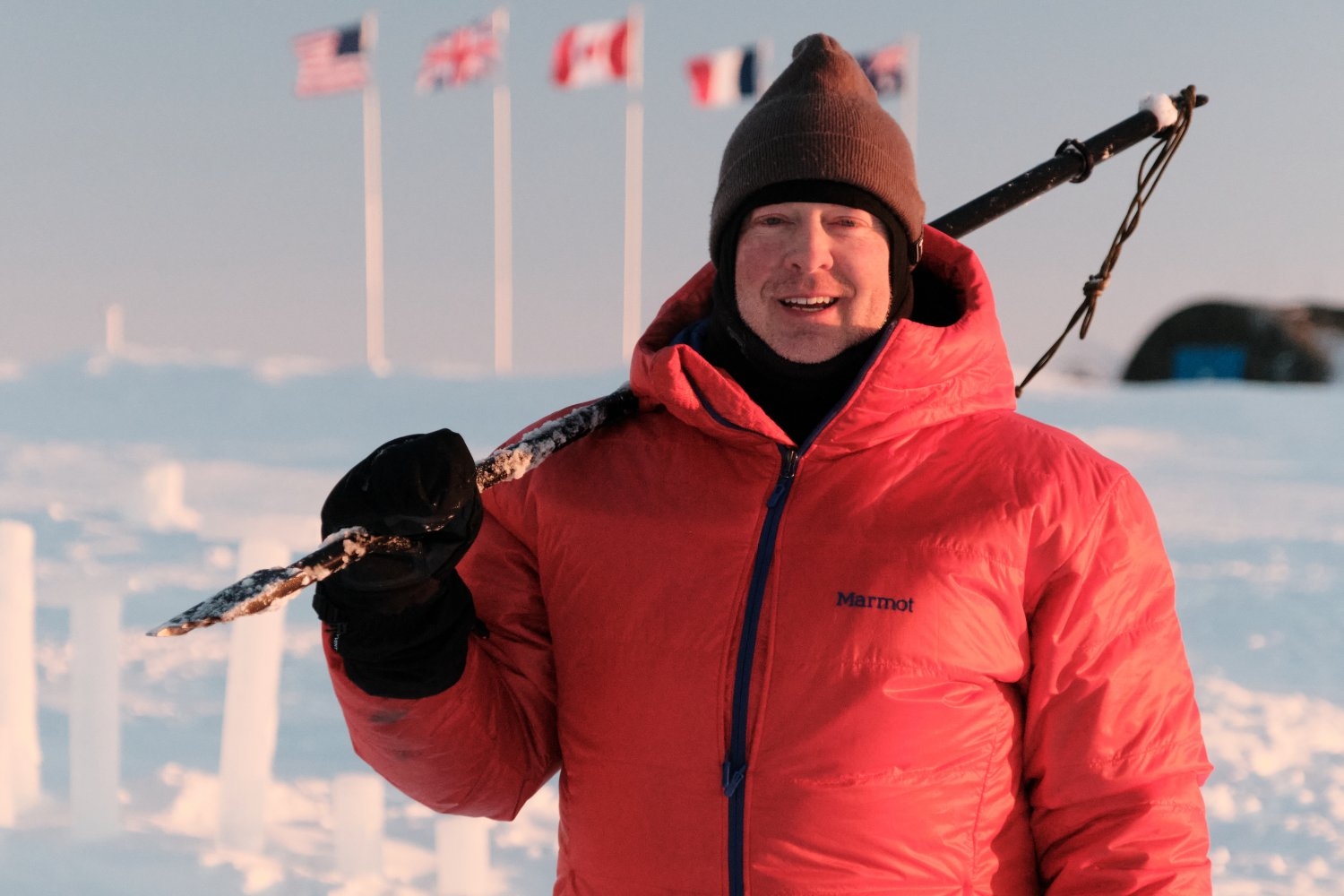
- Decoding the sounds of battery formation and degradationNew findings could provide a way to monitor batteries for sounds that could guide manufacturing, indicate remaining usable life, or flag potential safety issues.
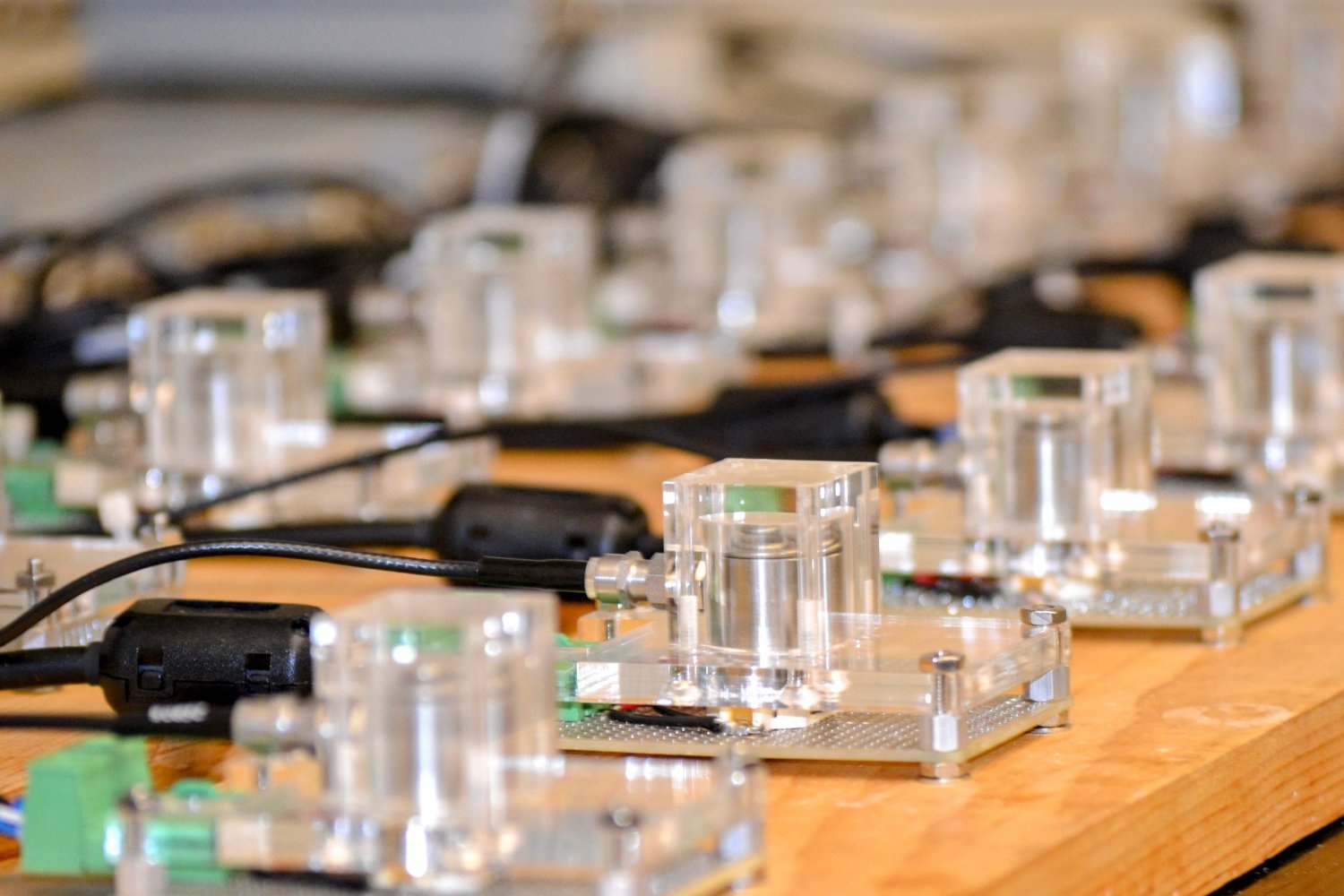
- A new community for computational science and engineeringThe stand-alone PhD program is building connections and preparing students to make a difference.
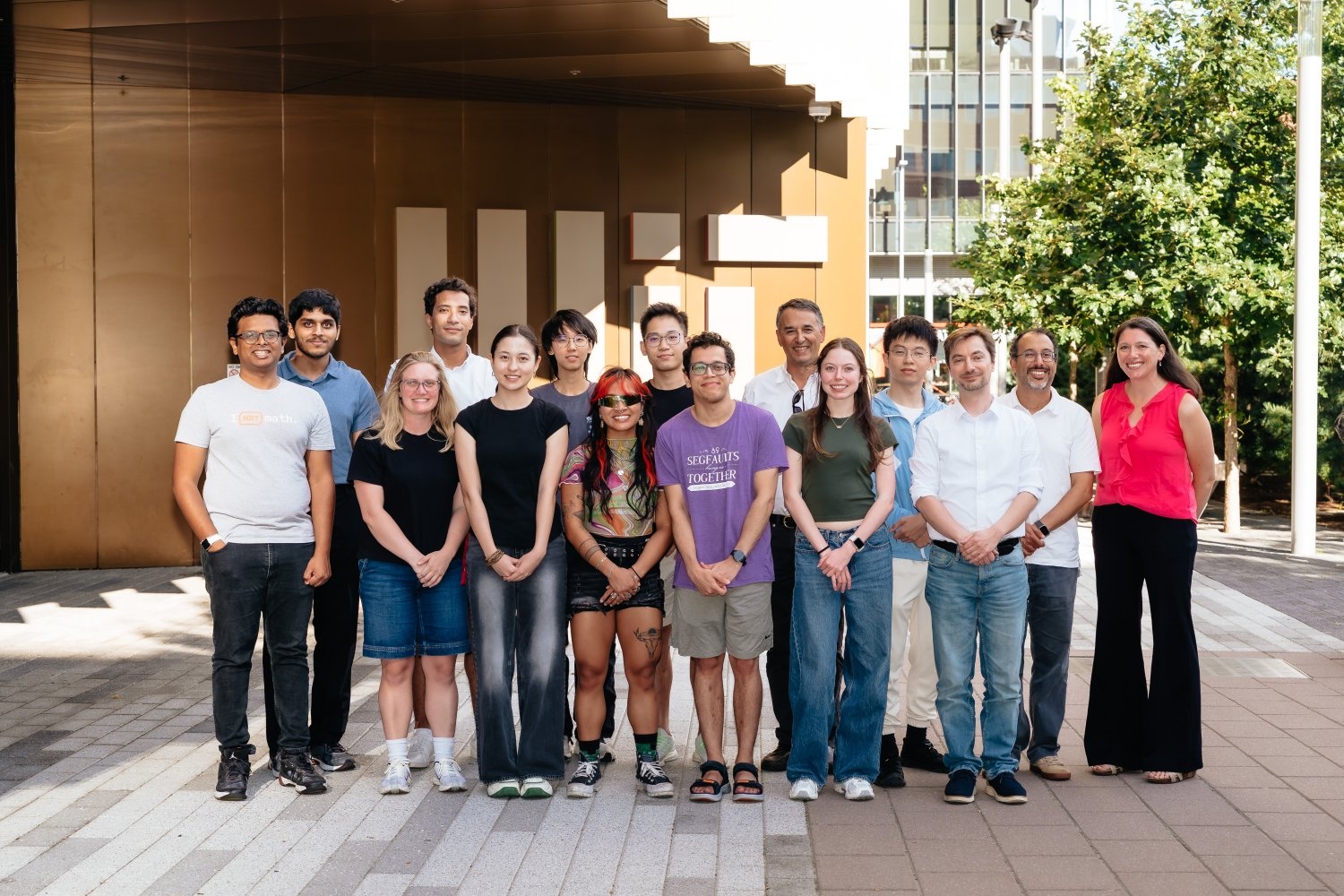
- How to build AI scaling laws for efficient LLM training and budget maximizationMIT-IBM Watson AI Lab researchers have developed a universal guide for estimating how large language models will perform based on smaller models in the same family.

- Climate Action Learning Lab helps state and local leaders identify and implement effective climate mitigation strategiesJ-PAL North America’s inaugural Climate Action Learning Lab provided six U.S. cities and states with customized training and resources to leverage data and evaluation to advance climate solutions that work.
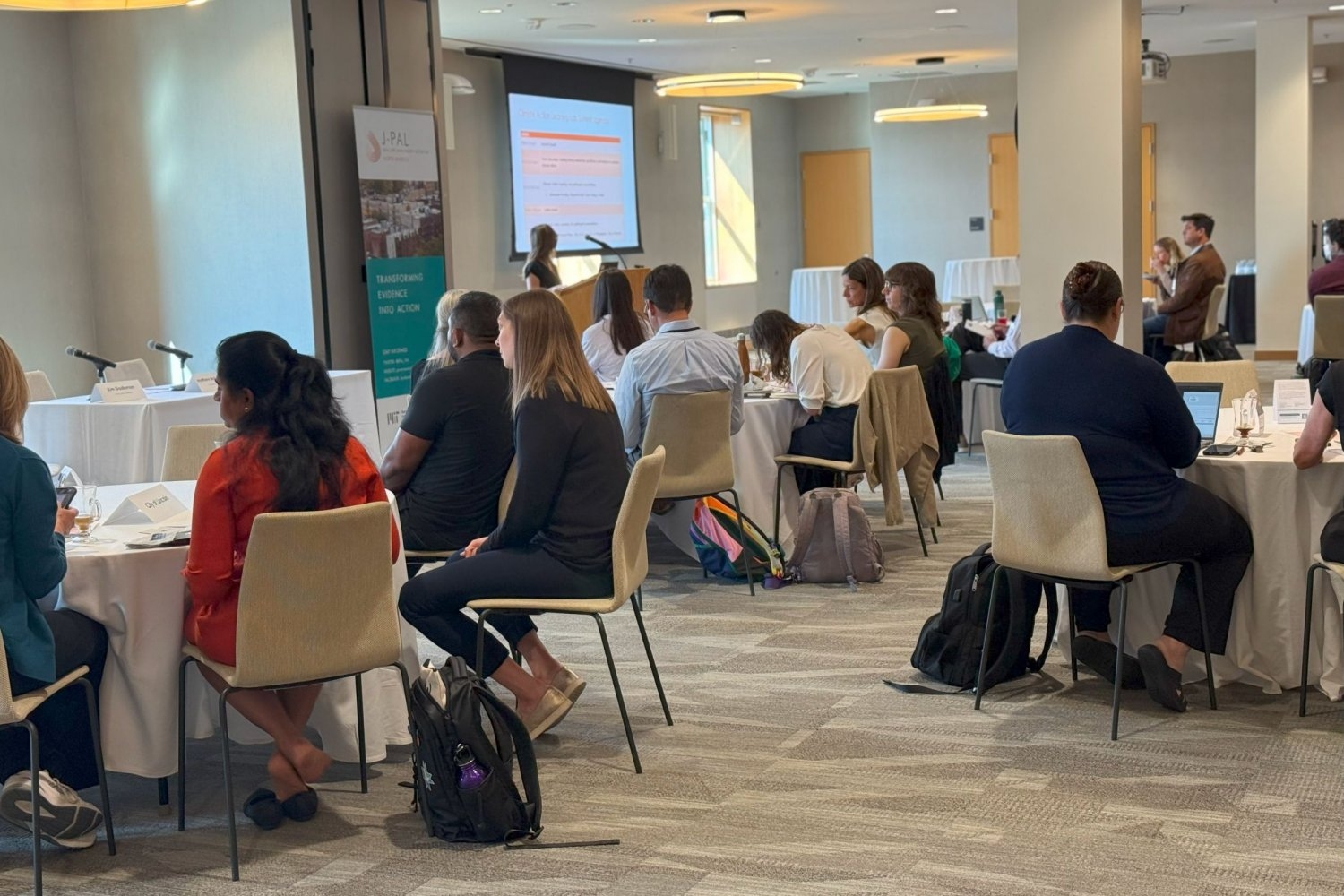
- How MIT’s Steel Research Group led to a groundbreaking national materials initiativeFounder Gregory B. Olson reflects on past and continuing high-impact work as the group turns 40.
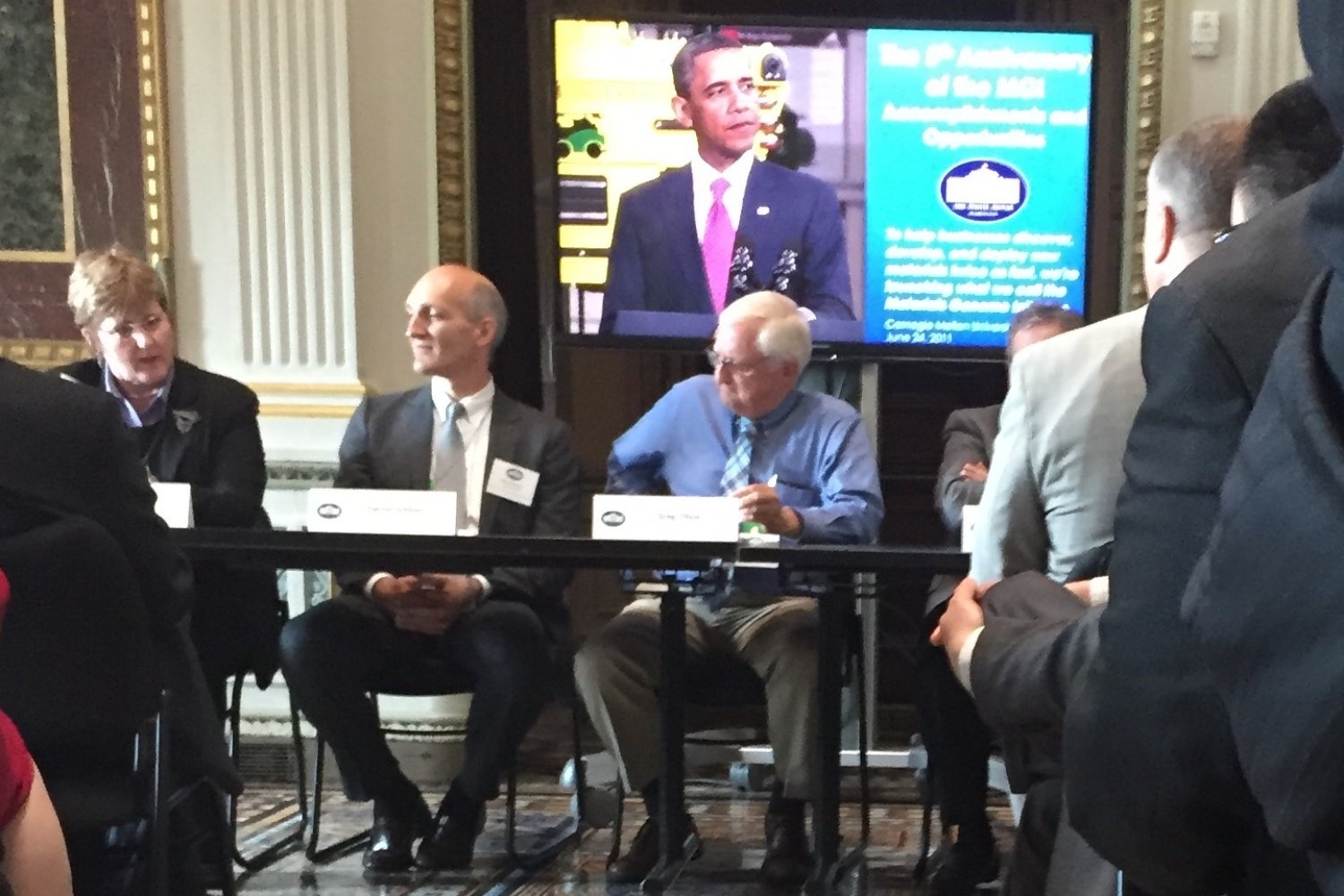
Load more...
Loading...


